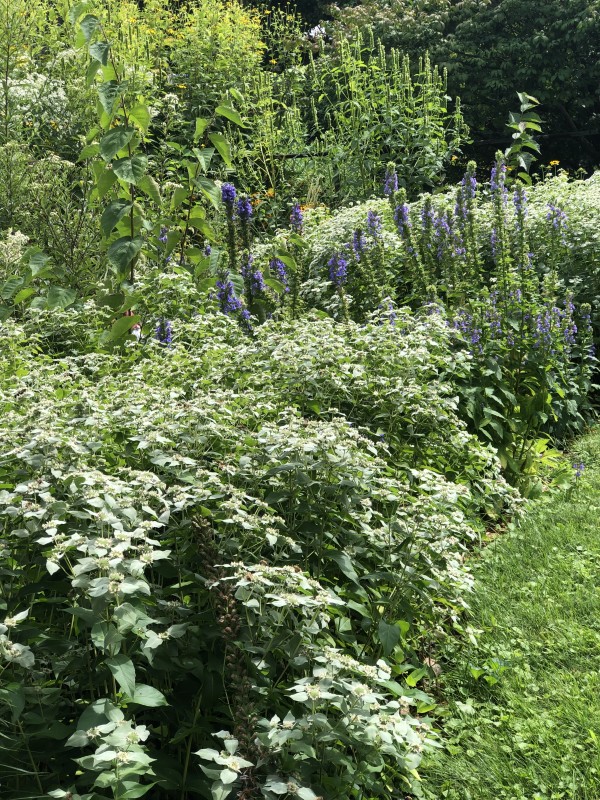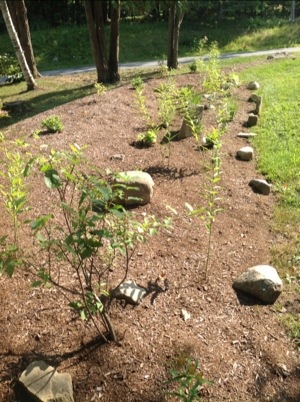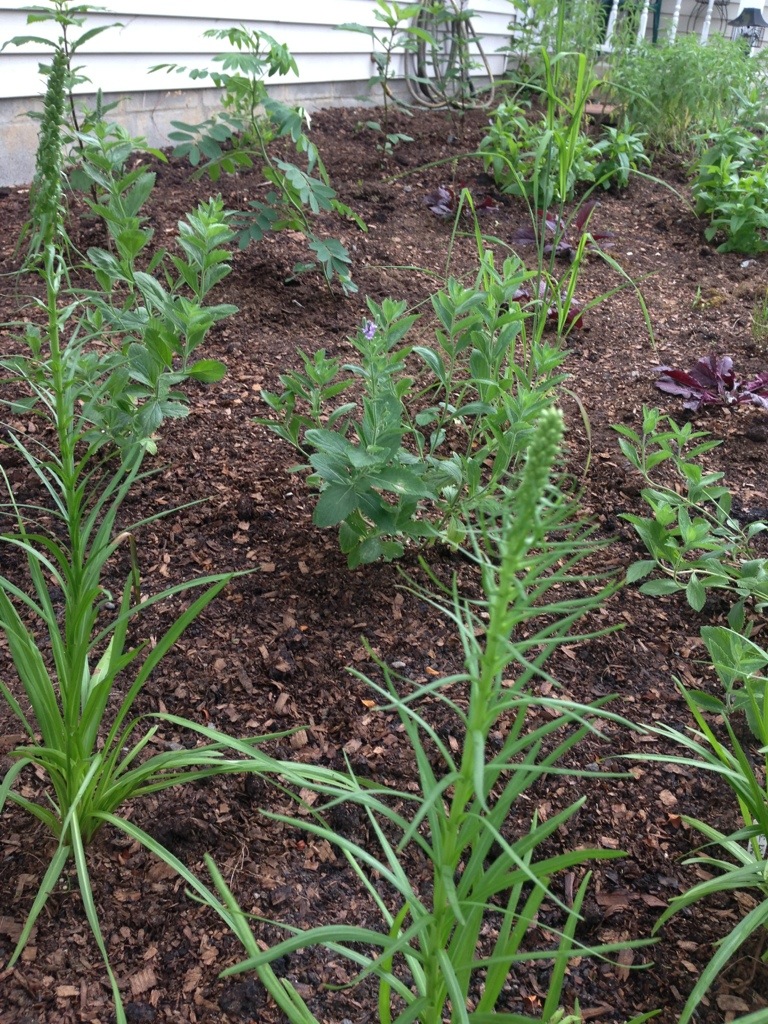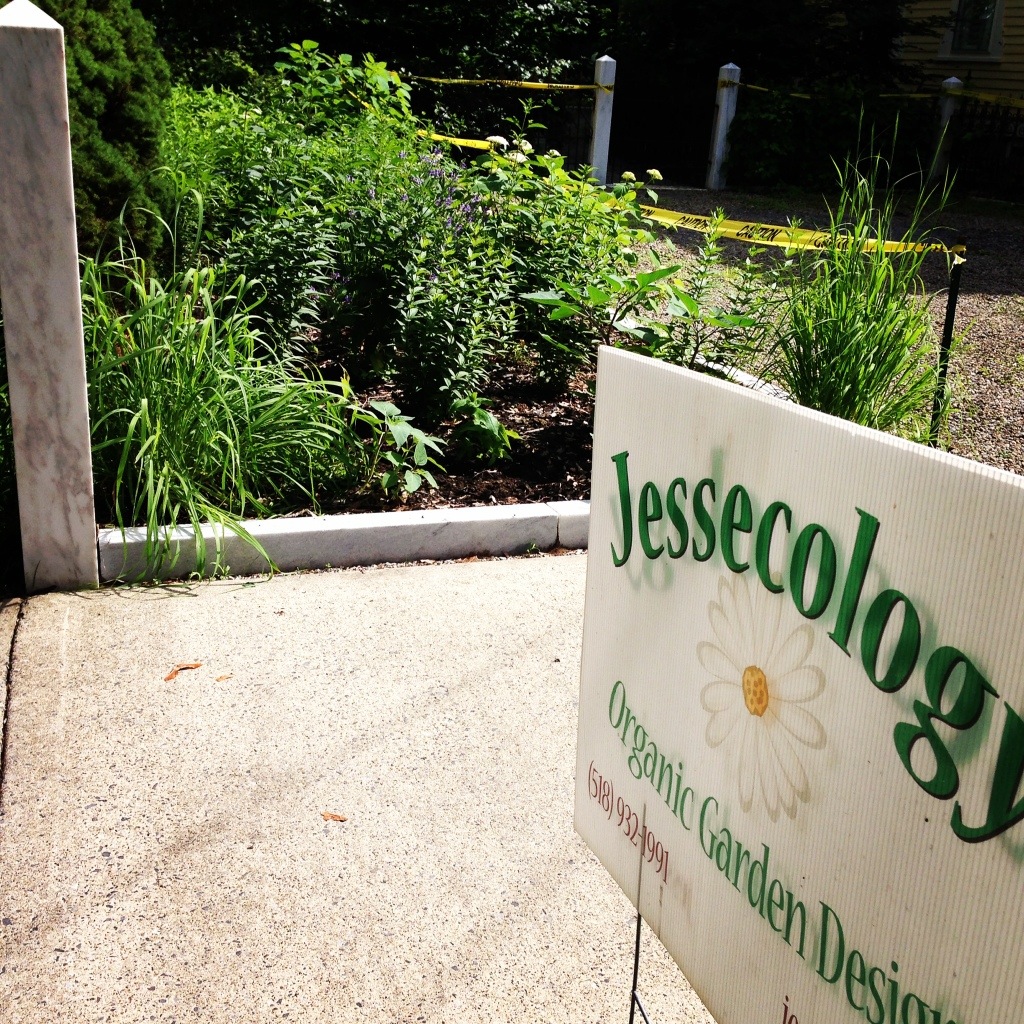Hummingbird Garden DIY: How To
Creating hummingbird habitat in our gardens is easy and necessary for the species’ survival. Hummingbird Garden DIY is possible with a few learned principles.
Properties that have rich biodiversity have many different native plant species. This includes native trees, shrubs, perennials and native grasses and sedges. Hummingbirds need nectar and they like tubular shaped flowers. A constant bloom succession ensures that food’s available for the temporal duration necessary. And lastly, different textures of plants are helpful. Only certain textures can be used by hummingbirds for nest building.
Hummingbird Garden DIY especially includes knowing what nectar filled native plants to plant. Cardinal Lobelia (Lobelia cardinalis) is the classic: an easy to grow native perennial for hummingbirds with nectar filled flowers. Red Beebalm (Monarda didyma) is another hallmark hummingbird garden plant.
The Ruby-Throated Hummingbird spends spring and summer in New England; they find our habitat delightful, balmy and temperate for breeding.
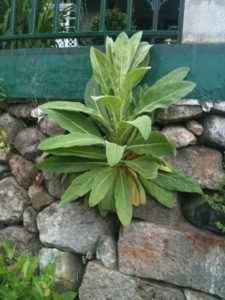
They build their tiny nests in the spring, and it’s nice to have weedy plants like Mullein (Verbascum) around. Mullein is a naturalized non-native species. Straightaway, hummingbirds use soft foliar tissue such as Mullein’s in nest building. Frequently when the hummingbirds return to our region in the fairer months, they find a Wal-Mart superstore or a Starbucks where they had lived and procreated in years past. If they (and all the other wildlife, even ourselves) are to survive, then we property owners must provide hummingbird garden habitat. The native plants that compose a wildlife garden like this are astonishing. Besides being low maintenance, never needing fertilizers or irrigation once established, they are the base of our food web. We have a physical link to these organisms.
The Ruby-Throated Hummingbird makes the annual migration loop from our perch on the eastern seaboard to Mexico. These birds travel thousands of miles, with 600 of those miles in motion straight over the ocean water of the Gulf of Mexico. Certainly, it is critical that the speedy cuties can find enough nectar and insects to carbo-load as they prepare to leave our region in autumn.
Why do mosquitoes exist?
This answers the question all of us have wondered at some point: “Why do mosquitoes exist?” Answer: “To be eaten by hungry birds.” Hummingbirds eat double their body weight in insects every single day, and they can fly 50 mph.
Where the Ruby-Throated Hummingbirds live in Mexico or Costa Rica, there are lots of natural waterfalls. The birds love this, and if we set up a hose to spray out at the mist setting, we can watch the hummingbirds fly right through it. Most people are familiar with simple sugar and water solution hummingbird feeders in the garden. It is important to change them weekly to prevent bacterial build-up which can make birds sick, and not to use artificial red dyes.

A list of some of the best native plant perennial and annual species for feeding the Ruby-Throated Hummingbirds in gardens include:
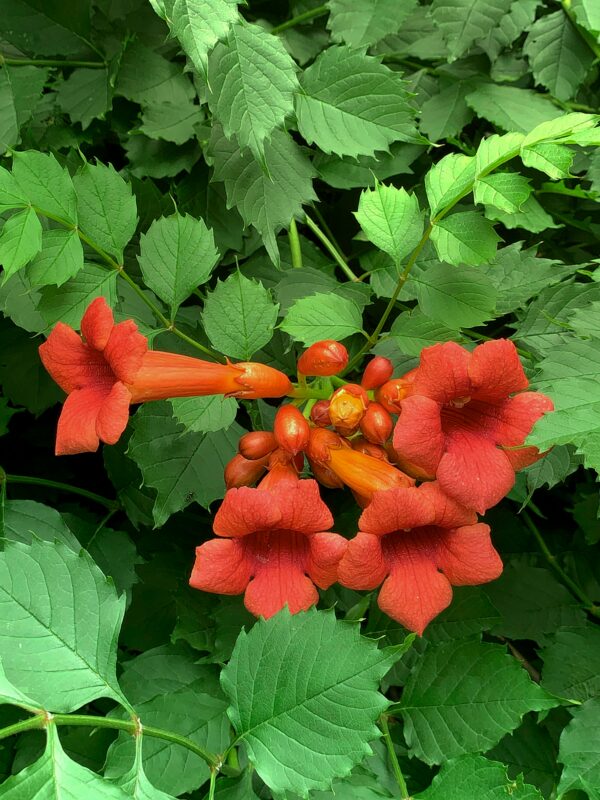
Perennials:
Trumpet Vine or Campsis sp. Shown in the above photo, attracts hummingbirds to the garden like a magnet.
Wild Columbine or Aquilegia canadensis. *Excellent choice, shade tolerant.
Summersweet, Clethra Ruby-Spice or Clethra alnifolia. A shrub, also beloved by many butterfly species.
Coralbells or Heuchera sp.
Native Honeysuckle or Lonicera sempervirens. Be sure to pick a native variety, as the Asian honeysuckles are very invasive and wreaking havoc on our natural habitat.
Cardinal Flower or Lobelia cardinalis. Delightful, tolerates shade and excess moisture.
Beebalm or Monarda sp.
Orange Butterfly weed or Asclepias tuberosa. This plant is also a Monarch host plant.
Native Lyre Leaf Sage or Salvia lyrata. Sage herb has soft foliage, like Mullein (Verbascum) and can be used for hummingbird nest building.
Beardstongue or Penstemon sp.
Annuals:
The bones of a garden are composed of its trees, shrubs and perennials. However, there are many benefits to including annuals in a garden: it becomes easier to have a consistent bloom cycle, which offers more pollen and nectar to the birds, butterflies and other pollinators. Also, annuals go to seed in the first year after planting, which offers a buffet of calorically dense food for seed-eating birds in late summer or fall. Annuals are easy to grow from seed. A good practice is to simply spread them out into a garden bed before a rain event is predicted. Growing annuals is an eco-positive action if and only if the plant roots are left intact in the soil after plants go to seed. Yearly soil disturbance via ripping plant roots out is not an eco-friendly practice. Some of the best annuals for hummingbird gardening include:
Flowering Tobacco or Nicotiana alata. Tubular flowers hummingbirds can’t resist.
Ornamental Millet or Pennisetum glaucum.
Nasturtium or Trapaelum majus. A spectacular and fun companion plant in the vegetable garden.

